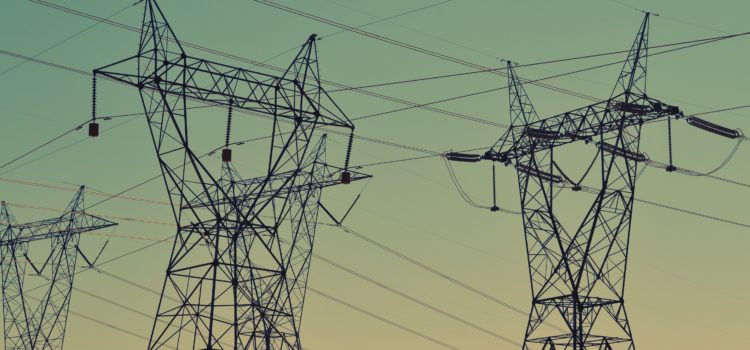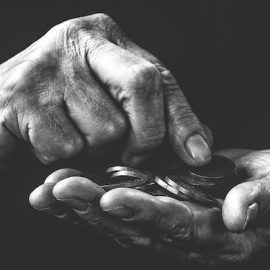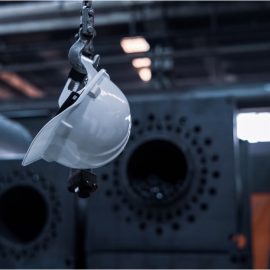
This is a free excerpt from one of Shortform’s Articles. We give you all the important information you need to know about current events and more.
Don't miss out on the whole story. Sign up for a free trial here .
How does the power grid work in the U.S.? Why does it fail at times? What factors make the power grid vulnerable?
The power grid in the U.S. works to transmit and distribute electricity across long distances, but extreme weather events in recent years have highlighted its growing vulnerability. Several factors contribute to the power grid’s problems, including its age and the shift from fossil fuels to renewable energy.
Read on to learn more about how the power grid works in the U.S. and why it’s in poor shape.
Is the Power Grid Failing?
In February 2021, more than 200 Texans died and millions went without power for days after a winter storm and subfreezing temperatures caused power plants and natural gas facilities to fail. This was just one of many extreme weather events in the U.S. in recent years that highlights the growing vulnerability of the power grid. So, how does the power grid work and why is it failing when we need it the most?
In this article, we’ll explain how the power grid works, why it’s in such bad shape, and why no one can seem to agree on how to bring it into the 21st century.
How Does the Power Grid Work?
The power grid is a complex system that transmits and distributes electricity from a range of facilities to homes, businesses, and industries, often over long distances. The power grid works by relying on four key elements:
- Generators (facilities that produce electricity, including coal, natural gas, and nuclear plants; hydroelectric dams; wind turbines; and solar panels)
- Transmission lines (lines that carry high voltage electricity from generators to their next destination: distribution networks)
- Distribution networks (a system of smaller wires that carries power from transmission lines to end users)
- Consumers (you, at home, turning on your lights and watching TV)
Many argue that the power grid needs some work to bolster its resilience and prevent collapse.
Why Is the Grid in Poor Shape?
Now that we’ve explained how the power grid works, let’s discuss why it’s not up to par. Experts say a number of factors contribute to the vulnerable state of the grid, including:
- Its age. Much of the transmission system was constructed in the 1940s, and the distribution network that feeds electricity into homes and businesses—which is responsible for the majority of power outages—is decades old. A 2021 report from the American Society of Civil Engineers found that 70% of transmission and distribution lines are into the second half of their 50-year lifespans.
- The climate. Changing weather patterns are stressing the grid and causing power outages across the U.S. Federal data indicate that severe weather events are largely responsible for the increase in large power outages, with 100 shutdowns in 2020—the highest number since 2011.
- The shift from fossil fuels to renewable energy sources. The U.S. has been transitioning from coal, nuclear, and gas-fired power plants to wind and solar farms—the latter of which can’t produce electricity 24/7 or be fired up on call. Grid operators have expressed concerns about balancing supply and demand and warned that a) the strong push to transition from gas to electric cars, stoves, and home heating systems is putting unsustainable pressure on the grid and b) Americans should expect more power shortages and outages to come.
Can It Be Improved?
Many concur that the power grid is failing and that we need to work to upgrade the system, but not everyone agrees on how we ended up here or how to get there.
- Some argue that too much time has been spent focusing on supply and reserves of oil, gas and coal—finite resources we can’t rely on forever—and not enough on building critical infrastructure like energy storage, distributed power generation, and power grid interconnection.
- Others contend that a hyper-focus on renewable energy has worsened ongoing power shortage problems: Climate activists have ignored repeated warnings about grid vulnerabilities and wasted time a) blaming outages on climate change-related storms, when storms have been around for centuries and b) pushing to shift from gas furnace heat to electric, even though the latter is less efficient in the cold. Further, phasing out fossil fuel plants without adequate reserves of wind, solar, and battery storage is short sighted and risky.

Want to fast-track your learning? With Shortform, you’ll gain insights you won't find anywhere else .
Here's what you’ll get when you sign up for Shortform :
- Complicated ideas explained in simple and concise ways
- Smart analysis that connects what you’re reading to other key concepts
- Writing with zero fluff because we know how important your time is






